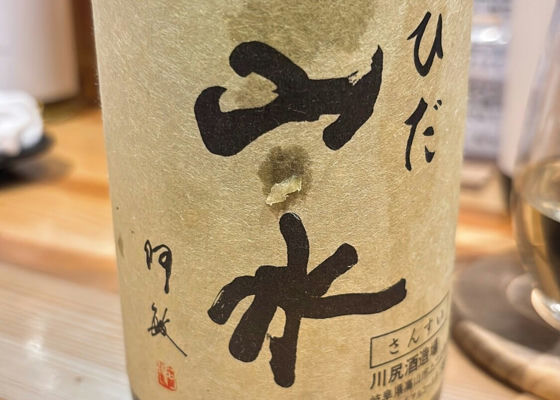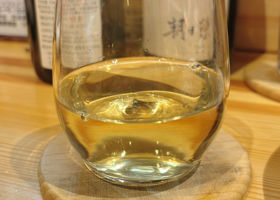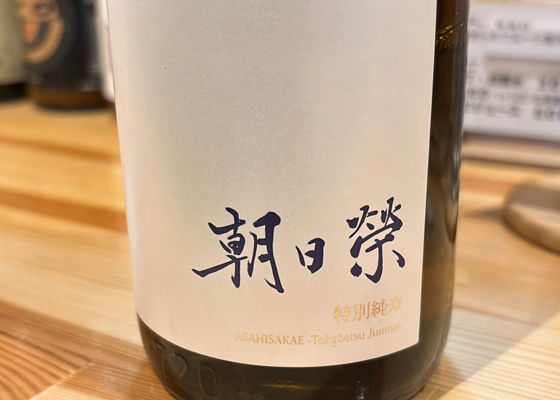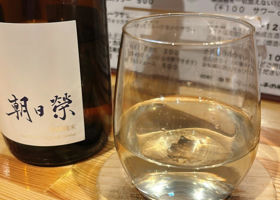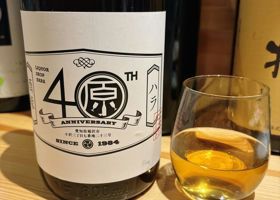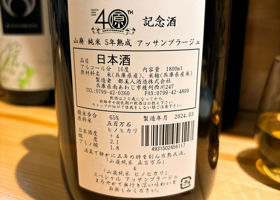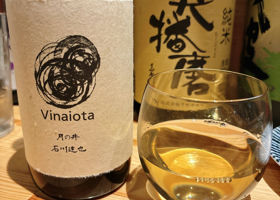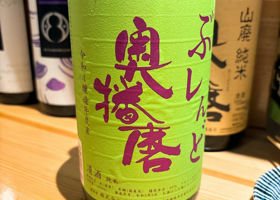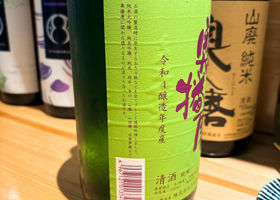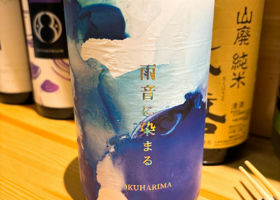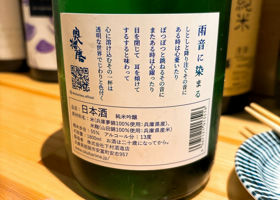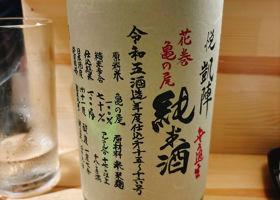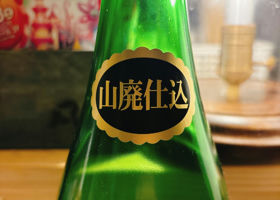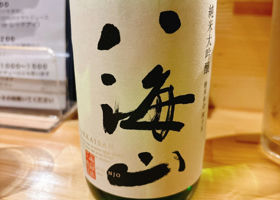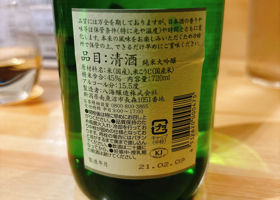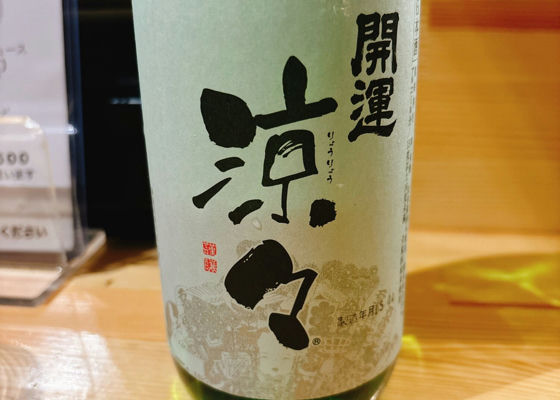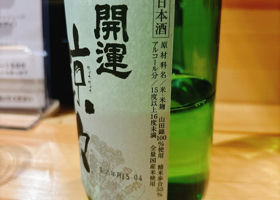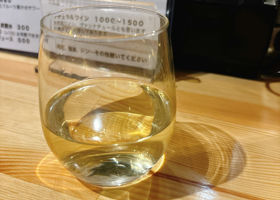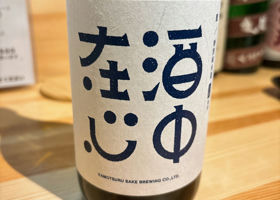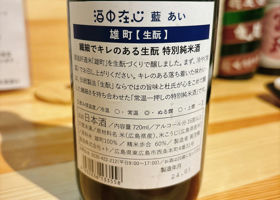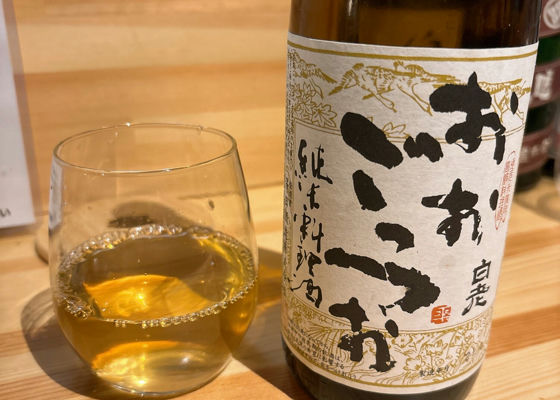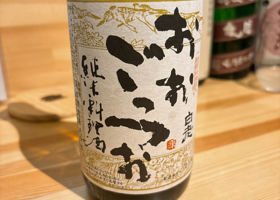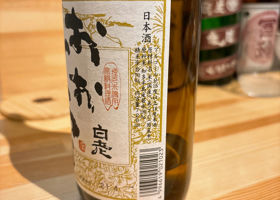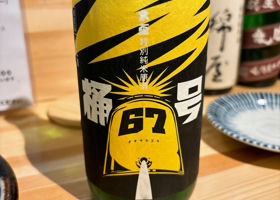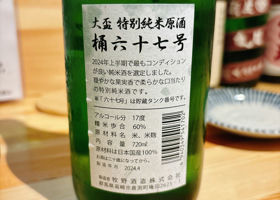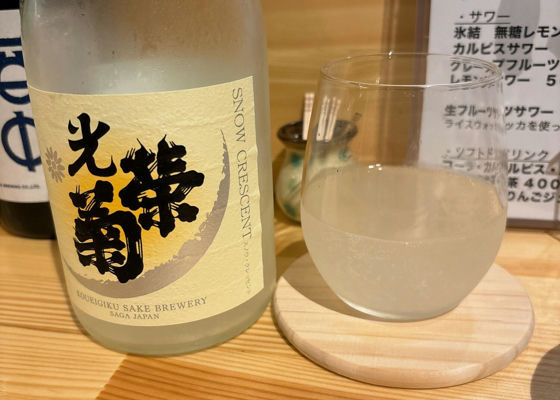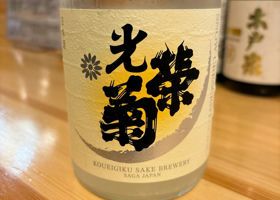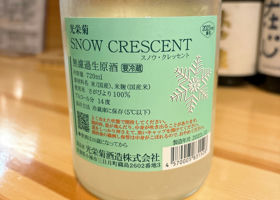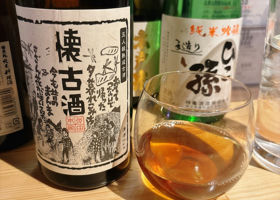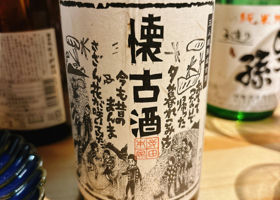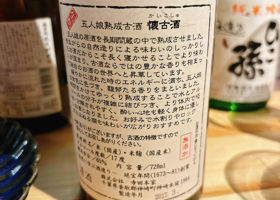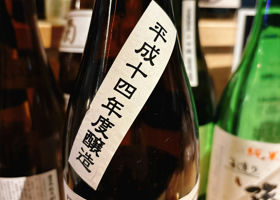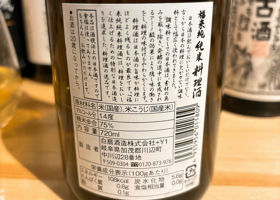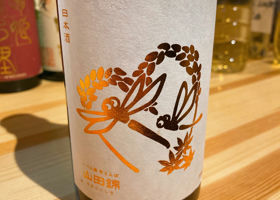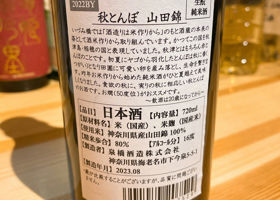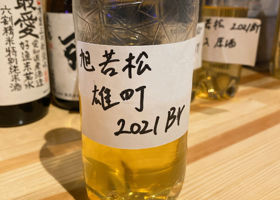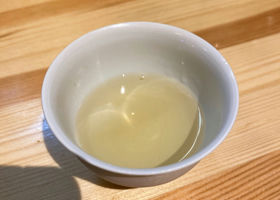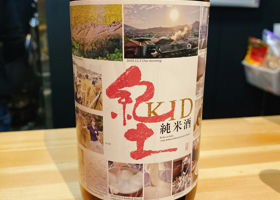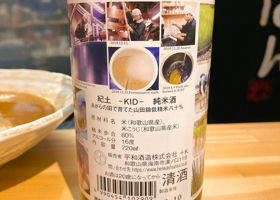Timeline
やす☆First Hida Sansui. 2015BY at room temperature. The color is yellowish.
It is easy to drink because it is mellow and not too matured for a BY, and has the refreshing crispness that is typical of aluzoe. It has both the goodness of matured sake and the goodness of aluzoe, and it is delicious. やす☆It is believed to be 2023BY. The color is a little yellowish. At room temperature, it has a good umami and sharpness with a mild sense of maturity, and is delicious. やす☆This is also my first time drinking this sake. When served cold, it has a moderate, robust rice flavor that quickly disappears. I prefer it at room temperature. やす☆This is the first Kokufutsuru. It is impressive for its petit-fresh, clear and clean acidity, but it also has a good umami flavor typical of a 65% polished sake. It gives the impression of being a light, food-friendly sake. やす☆The color is almost brown. The aroma includes a sense of maturity. Good mild candy-like ripeness at room temperature. やす☆The color is amber. At room temperature, it has a firm, yet crisp, fresh sake with a strong acidity. It might be better to let it sit longer. やす☆We get a mouthful of R4BY. As the label says, it is a mixture of various sakes.
It has a slight sense of maturity and a crispness with a clear, sake yeast-like acidity. It is not too heavy and easy to drink, while still having a matured and sake yeast-like feel. やす☆It has a clean mouthfeel and crisp and clean with light acidity. Low alcohol content and generally light like a summer sake, ideal for the first cup. やす☆When heated, the sense of raw sake is gone and a mild candy-like sweetness is felt, which is delicious. やす☆This one is also BY unknown but bottled in 2021. It is said to be enclosed in a liquor store. At room temperature, it is clean and refreshing like a jun-dai. やす☆BY is unknown but seems to have been bottled in 2015. The color is slightly yellowish. At room temperature, it has a mildly matured taste and umami. やす☆Warmed. It has a moderate sheen, but the sharpness with acidity of the sake's traditional sake making may be too strong. It might be better to drink it at room temperature as it says on the back. やす☆At room temperature. Golden in color. The aroma has a hint of maturity.
It has a sense of maturity and mellowness, but it is different from sake for drinking, which is difficult to verbalize. やす☆The mouthfeel has a subtle melon-like fruitiness, and without a pause, a good umami flavor arrives and finishes. The overall impression is clear. やす☆The owner says that this year's wine is more gassy. It has been about a week since it was bottled, but it is still fresh.
The soft graininess of the oak is rather strong, but the fresh crisp acidity and sharpness with bitterness, which is typical of Kouei Kiku, keeps it from being too long. There is also a grapefruit-like fruitiness. やす☆H14BY. the color is brownish yellow. The aroma is full of a sense of maturity.
At room temperature, it has a mild caramelized and burnt taste, with a crisp and sharp taste that is typical of the Terada family. やす☆I had no idea there was a cooking sake, so I drank it.
The color is almost amber, and it has a clean, flat flavor that you would not expect from a 75% polished sake, and it is crisp and clean. やす☆At room temperature, it has a refreshing mouthfeel and acidity. It does not expand well when heated, and has a strong sharpness with acidity. やす☆2021BY. light yellow in color.
At room temperature, it has a good sense of maturity and sharpness. When heated, the mild sweetness increases and the sharpness is good. I prefer it warmed by far. やす☆R1BY at room temperature. 80% polished, but with a firmness that is not typical of Kido. The sense of maturity is weak. RecommendedContentsSectionView.title
